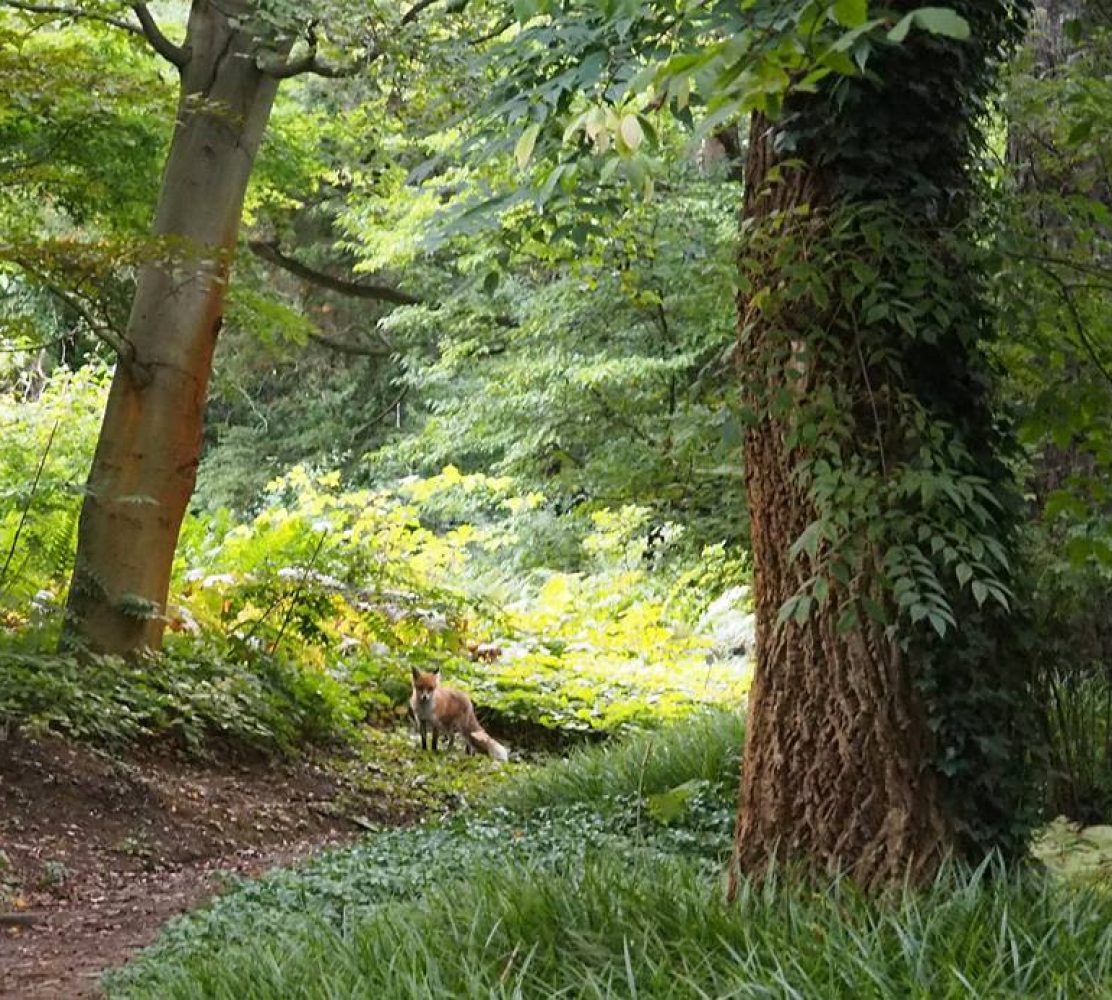
All German towns are more beautiful in summer (unless covered by a layer of snow), but winter is long, so we though we might as well start doing some sightseeing in our new state despite the grey weather. Bamberg has a reputation for being a particularly picturesque town, so we headed there on a Saturday afternoon.

There are several parking lots where you can park your car, and from there you can walk to the centre. The town straddles the Ludwig-Donau-Main canal and the Linker-Regnitzarm river, which means you can go for scenic strolls along the winter, and cross several charming bridges.


One of the better-known bridges is the Kettenbrücke, which is one of those where lovebirds chain a lock to the bridge. Not sure how advisable this custom is as all those locks would make a bridge pretty heavy down the line. We once saw a guy cutting all the locks of Charles bridge in Prague. Presumably the Kettenbrücke bridge in Bamberg has had some removed too, as it looked quite neat and tidy.

The town’s centre was quite lively, even on a winter’s day. We noticed lots of bakeries displaying advertisements for “Krapfen” in the windows. These German doughnuts are always sold before and during Fasching (Carnival), the festivities which occur just before Lent, culminating on Shrove Tuesday. Fasching is something new for us, since it isn’t celebrated in Berlin. I’d always heard about the big carnival in Cologne, where everyone dresses up and drinks beer, but hadn’t realized that Fasching is also celebrated in other parts of Germany. In Wurzburg there will be a big Fasching parade on the 23 February, so we’re looking forward to checking that out. And back to the Krapfen themselves: at most times of the year you can find the jam-filled ones (known in Berlin as Pfannkuchen and in some other places as Berliners), but during Fasching time you can find all sorts of different flavours. Mmmmm!



We passed by another bakery that seemed to specialize in little tarts and biscuits, and I couldn’t walk past without sampling a Linzer Törtchen, which looked just like one of the Queen of Hearts’ tarts in Alice in Wonderland. It was delicious.

We stopped for lunch at a pub before continuing our walk. My husband tried the local smoked beer (Rauchbier), which Bamberg is known for. The smoky flavour of the beer comes from drying the malt over an open flame. In Bamberg there is even a beer museum, the “Franconian Brewery museum”. Something for a future visit!


After lunch, we continued our walk around town to take a look at some of the historical buildings. First we climbed a hill to see the Bamberg cathedral. It covered in scaffolding because of renovations, but it was still nice to see it from the outside. Parts of it were also closed (either due to the renovations or due to it being off-season), but we could still walk around the main building and admire the interior.


Exiting the cathedral, I noticed some interesting statues above the door. Two of them looked like they were having a good old gossip and chuckle over something. These two were apparently St Stephen and Empress Kunigunde, the wife of Emperor Heinrich II, who had the original cathedral built. The statue of Emperor Heinrich II can be seen to the right of his wife. Apparently the cathedral also hosts a smiling angel, but I didn’t see it this time.

After walking around the cathedral grounds, we visited the Rose garden (Rosengarten), which would of course be lovelier in summer when the roses are blooming (another reason to come back to Bamberg). Even without roses, the garden was worth visiting for its gnarly trees and good terrace views.




From the rose garden terrace, my husband spotted Kloster Michaelsberg, on top of a hill, so we headed over there. We passed by the “Neue Residenz”, which looked worth visiting – unfortunately the last tour of the day had already started.


When we arrived at the monastery (Kloster), it was also closed, as we should have guessed by all the scaffolding, . Part of the garden was closed off too. However, from the terrace around the monastery, we again got great views of Bamberg. Vineyards lay below the monastery, and in the distance, mists swirled around the hills. It was very wintery and very beautiful.


After that, we walked down hill and back to the riverside. We walked along the Linker-Regnitzarm river until we came to Klein Venedig (Little Venice), a former fisherman’s quarter. This scenic stretch has many half-timbered buildings that look out onto the water. In summer, it’s possible to take boat rides down the river, from where you can admire the houses and gardens more closely.



It was time for some coffee and cake – one of winter’s pleasures is popping into a warm café, out of the cold, and having something sweet! By the time we had finished that, it was getting dark and time to head back to Würzburg. But we’ll certainly be back to explore pretty Bamberg in other seasons of the year.


